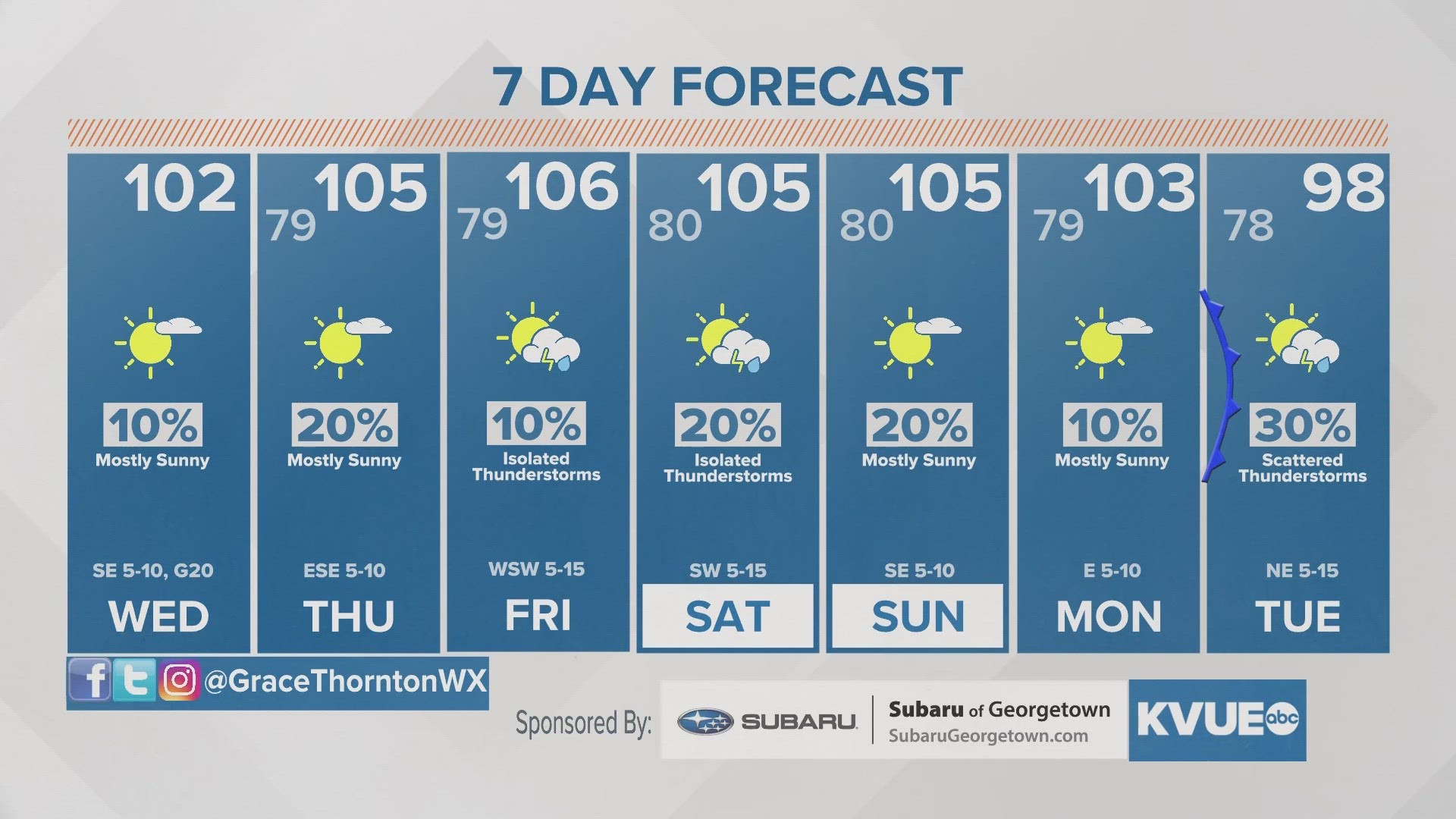AUSTIN, Texas — Already this August, the KVUE Storm Team has taken note of small to medium concentrations of ragweed in our daily allergy reports.
So far, it hasn't been a great point of contention for locals because it's the very beginning of the season. But what is in store for the next couple of months?

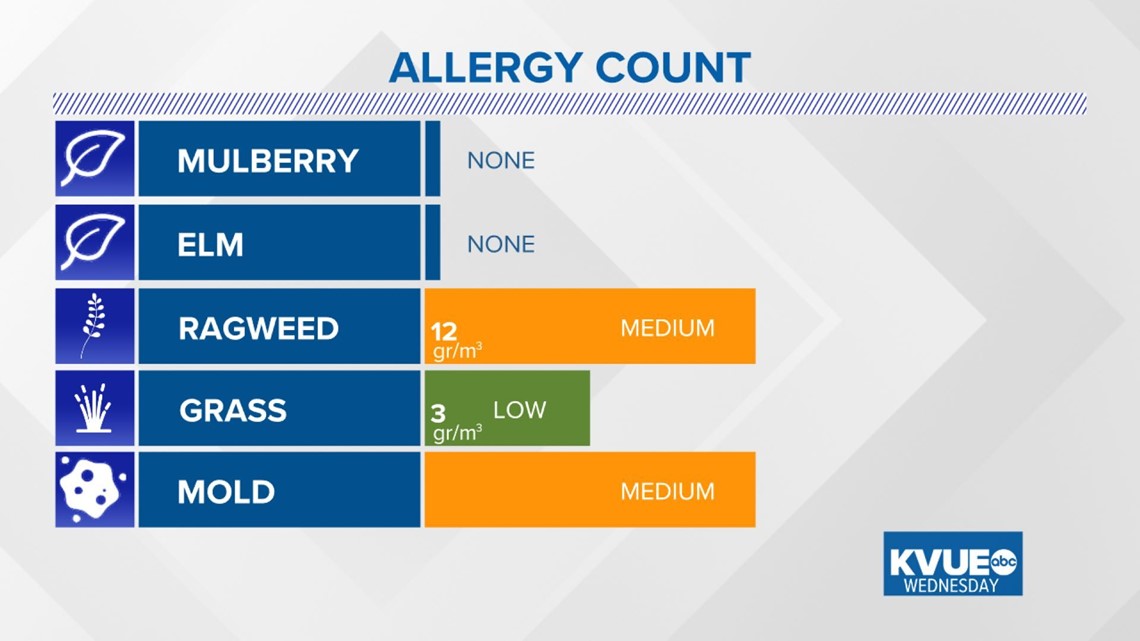
Ragweed pollen in Central Texas really makes its debut during September and October. What we see this fall will be dependent on a few things; a strengthening El Niño, a potentially ongoing drought and above or below-average temperature trends.

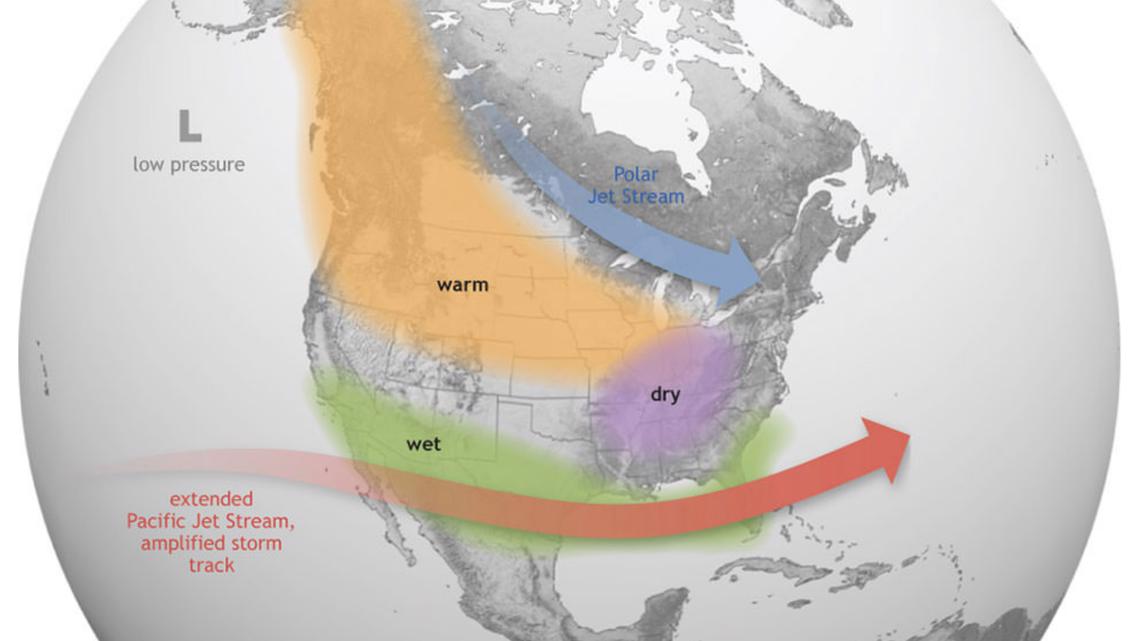
We'll begin with El Niño, which is supposed to bring a wetter and more active pattern to the Southwest and Texas as we push towards the winter months. Additional pushes of rain could either boost or diminish ragweed issues.
On one hand, rain helps pollen from the air to the ground. On the other hand, rain could help growing seasons stretch further, making ragweed an issue past its prime pollinating season.
However, if El Niño signals are not strong enough during this fall, our area may be left with similar conditions to 2022. Below is a drought comparison from August 2022 to August 2023:

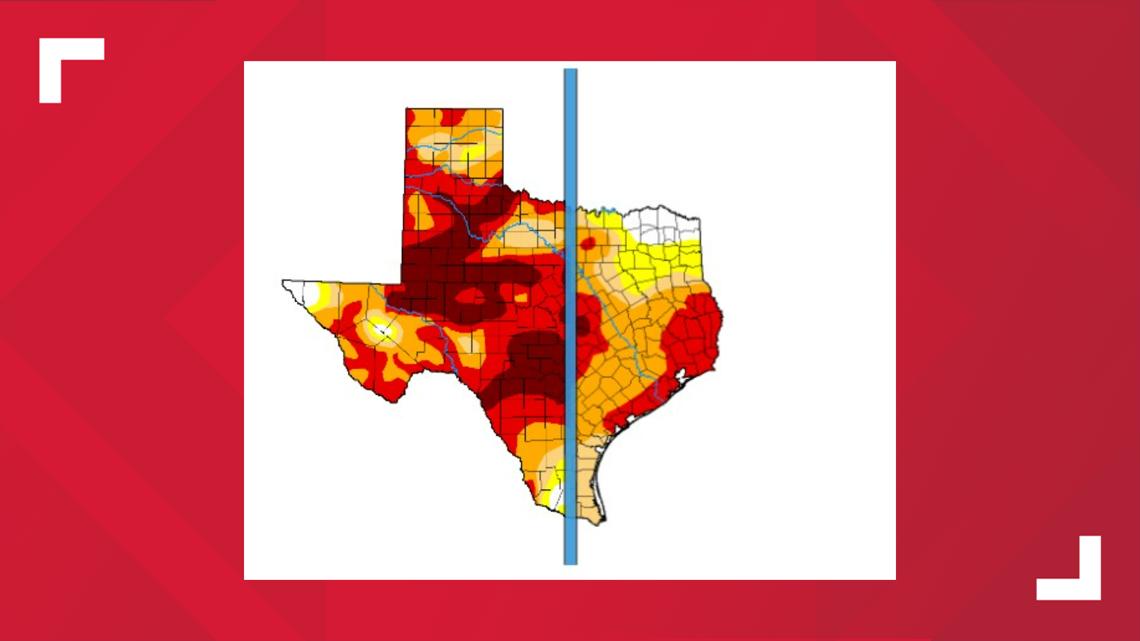
Last year, at the beginning of ragweed season, larger portions of the Hill County and the Interstate 35 corridor were under the worst "exceptional drought" category. Rounds of rain were able to help drought conditions from September through November, but many locals can attest to how horrible the ragweed season of 2022 was.
In general, ragweed does not need a great deal of water to grow. If dry and warm conditions last too long, pollen will, in turn, be airborne for longer and germinate for longer. An ongoing drought would likely exacerbate a bad ragweed season again in 2023.
Drought isn't the only factor. Above-average temperatures would also not be conducive to a milder ragweed season.

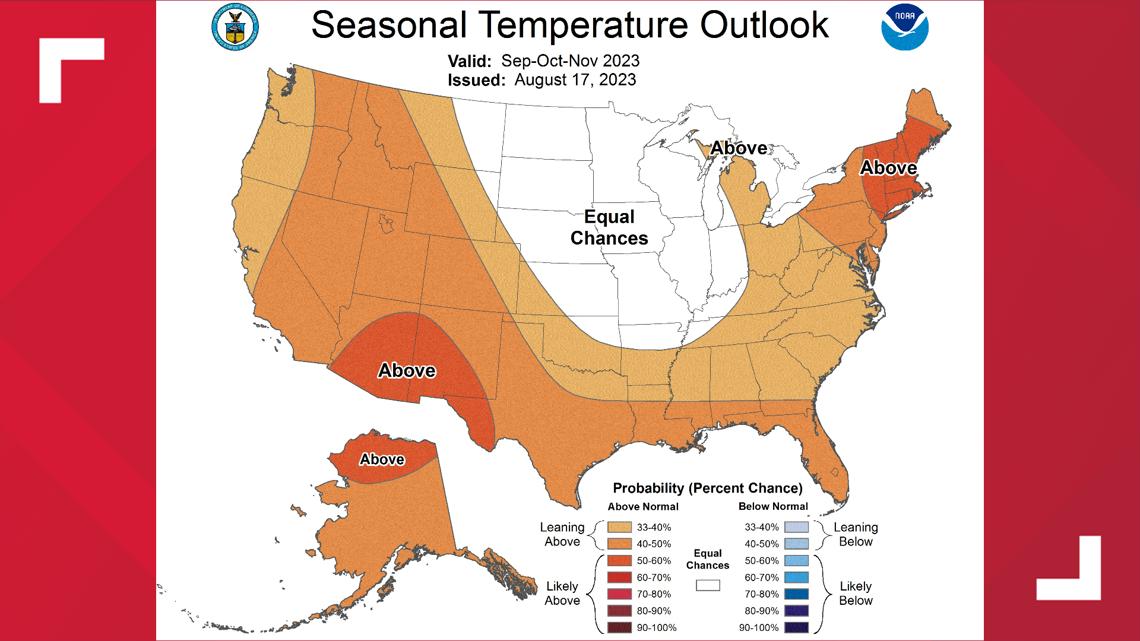
According to the National Oceanic and Atmospheric Association (NOAA) forecast, Austin and the Lone Star State will likely be warmer than average from September to November. A study from the Harvard School of Public Health suggests all allergies are getting worse due to a mix of warmer weather and human-induced climate change.
"Since warmer weather signals plants to bloom, pollen seasons are starting earlier and lasting longer. Additionally, greenhouse emissions increase the atmospheric levels of carbon dioxide, a gas that stimulates plants to increase the production and release of pollen," the study states.
It's hard to pinpoint the direct cause of bad pollen seasons, but the aforementioned will be the factors the KVUE Storm Team will continue to keep an eye on during the upcoming ragweed season.

